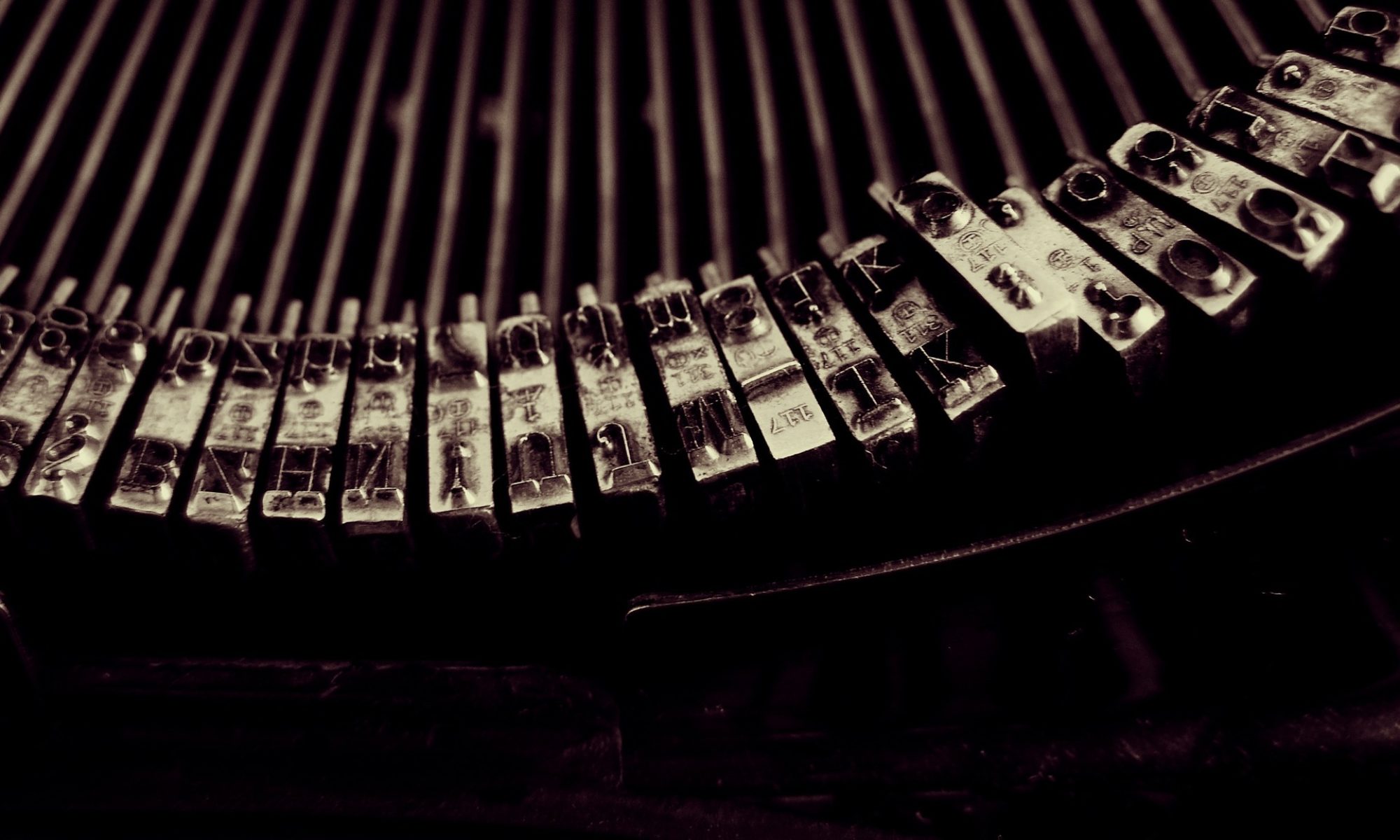
Hi writers! I want to take a moment this morning to talk about some standard elements you can incorporate into your writing journal. You may keep lists like these already. If not, consider setting aside a few pages at the end of your notebook to collect some useful bits for your future writing.
- Things to write about. This is just a list of writing prompts or topics that occur to you as you go about your day. One of the warmup exercises for StoryADay May is to collect at least three “story sparks” per day. That’s basically what this is. Jot down just enough to spark your memory later. On my list right now: that cab ride in St. Louis; ghost bikes/roadside crosses/flowers in chain-link fences; Flipper and Ms. Norma; death as the Irish “twin place.” All ideas I got listening to podcasts, reading the news, or just going about my day. They don’t mean much to anyone but me.
- Words and phrases. These can either be ones you heard and were unfamiliar with and had to look up, or ones that just sound interesting. On my list right now: myclonic, chickenhawk, partita, modus vivendi, Manichaean, Downing Street memo, sharkskin suit, necrotic, purulent, blunder.
- Names for characters. It is nice to have a list of these handy or to collect ready-made lists. I once clipped out an article listing all of the new lawyers who were sworn in this year in Chicago. It was a lovely, diverse assortment of Millennial names! On my list right now: Holly, Parker, Val, Gabe, Annika.
- A list of places/settings. Here you can list places you’ve been or want to go to, that you could use as settings for stories. Also the names of stores, bars, and restaurants, real or imagined.
- Snippets. Lines from books or poems that you love. Like this first line of Elect Mr. Robinson for a Better World, by Donald Antrim: “See a town stucco-pink, fishbelly-white, done up in wisteria and swaying palms and smelling of rotted fruits broken beneath trees: mango, papaya, delicious tangerine; imagine this town rising from coral shoals bleached and cutting upward through bathwater seas: the sunken world of fish.”
- Recommendations. Books, movies, TV shows, podcasts, restaurants to try. All things you want to follow up on later.
- Writing classes, retreats, and conventions.
- Literary journals and writing competitions.
* * *
Day 5 – A Watercolorist’s Journal
When I sit down to write about painting I am often drawn back to thinking about writing, and of all the ways in which the two inform each other. I ran across an article recently talking about how many famous writers either secretly practice or are devoted fans of a second art form. Nabakov was an avid lepidopterist, Henry James was a painter, EM Forster was passionate about music. Hemingway considered bullfighting an art, much as Japanese novelist Yukio Mishima felt about the art of samurai. For Willa Cather and George Sand it was the opera. Acting, rock music, film noir, ballet. What is it about a second art form that draws writers in? If nothing else, it is a wonderful excuse for procrastination! But there is something more to it that the author of the article seems to understand:
“We all have our shadow art, the one that isn’t ours, the one we might covet, feeling it knows something about us. Sometimes the novelist becomes a critic of that art and a very good one … but, most often, he or she will just imbibe it secretly, knowing that the novels could be enriched by the rules of other art forms.” Andrew O’Hagan, from “Writers in Love With Other Art Forms,” Financial Times, April 26, 2013.
So dive into your second art, writers. It’s all of a piece with your writing.
